Navigating the wine aisle
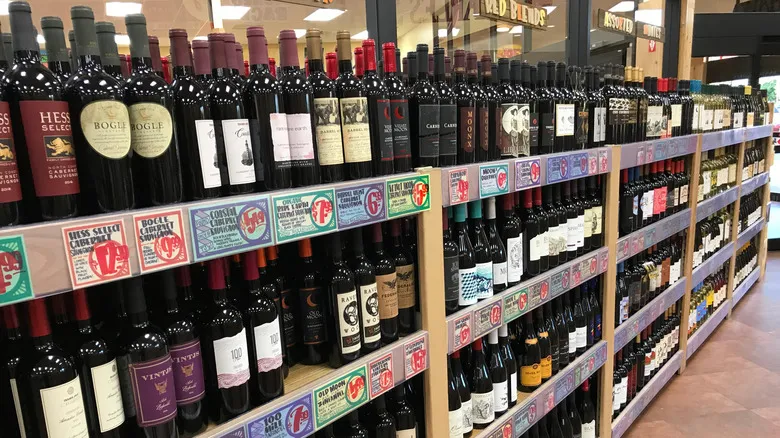
If employees sample the wine to ensure it meets their preferences, how can you gauge what customers truly want? Podcast host Tara Miller notes that the wines that sell the quickest are prominently displayed in stacks at the ends of the aisles, making them more visible than others. Employees highlight this strategy in contrast to other grocery chains, where wine brands often pay for prime display placement. You can think of these stacks as a best-seller list for Trader Joe's wines.
If you need assistance selecting wine at Trader Joe's, the tasting panels mean that employees possess some knowledge about the wines and are typically trained to explain them in simple terms. On the podcast, guest Michael Cooney, a store manager in Santa Barbara, California, advises employees to offer straightforward descriptions: "You don’t need to go into exhaustive detail. Just say, 'I like this wine,' and provide a couple of reasons why. Maybe it has a nice balance or pairs well with certain foods."
The usual Trader Joe's wines
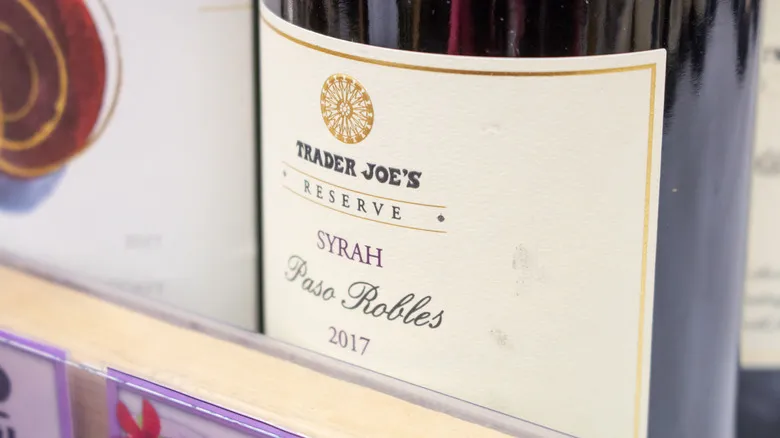
While there may be slight variations in the inventory of each store, there are several Trader Joe's wines that you can expect to find almost everywhere. The wine often referred to as "Two Buck Chuck" is the Charles Shaw brand, which can be priced as low as $2 per bottle (though it has become more expensive over the years). While it isn't celebrated for its flavor, which is generally regarded as average, its low price has kept it on the shelves for over two decades.
On the more upscale side, Trader Joe's offers a selection of reserve wines that are consistently available. The term "reserve" typically signifies higher quality grapes or wines that have undergone longer aging. While there are stricter definitions in countries like Italy or Spain, the United States allows for more flexibility in the use of the term. At your local Trader Joe's, the reserve label denotes specific, slightly more expensive wines, such as the Diamond Reserve Cabernet Sauvignon. As with many Trader Joe's products, details about the exact sourcing are not disclosed, but this reserve label tends to be favored by wine aficionados. If you're uncertain about what to choose, simply take a look at the displays.
Recommended
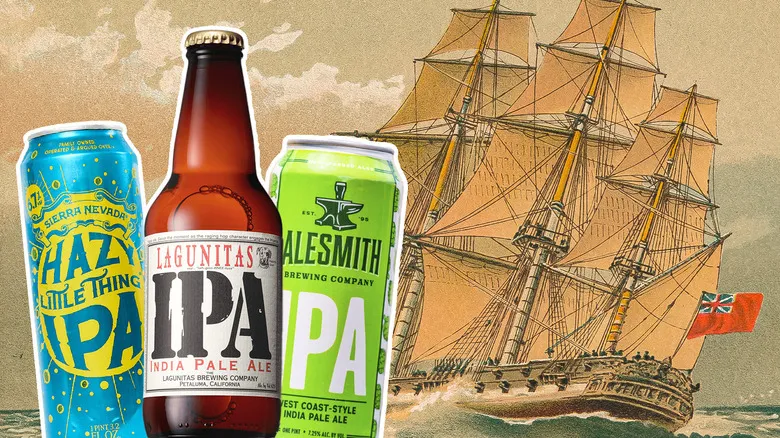
The 18th Century Origin Of IPA Beer
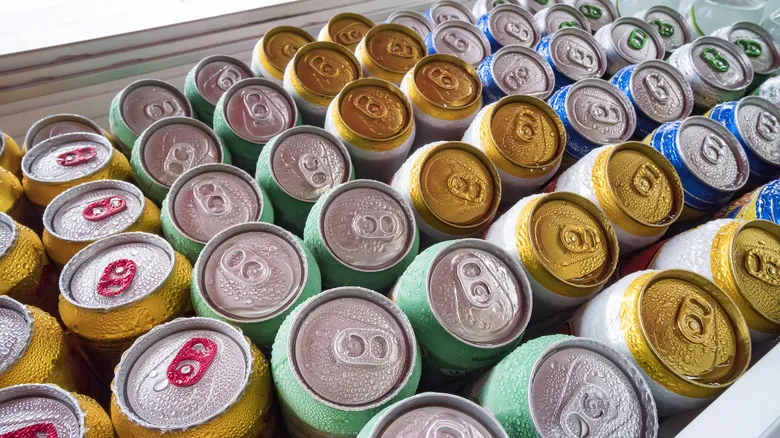
How Long Canned Beer Lasts In The Fridge Vs At Room Temperature
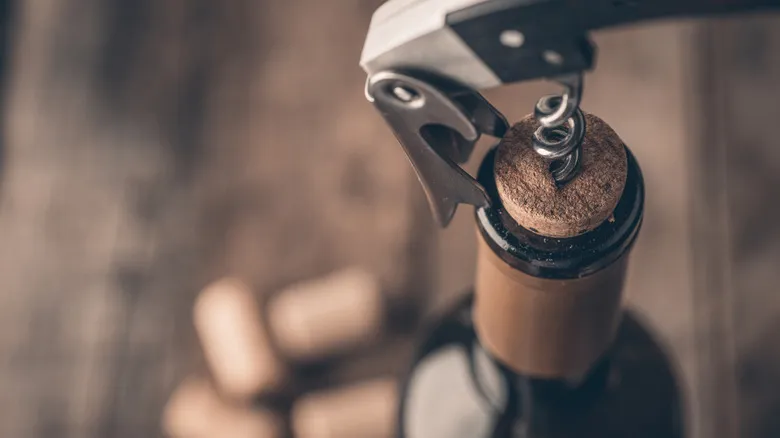
Cork Taint: Why It Happens And What It Does To Your Wine's Flavor

What Is Stout Beer And How Should You Drink It?
Next up

